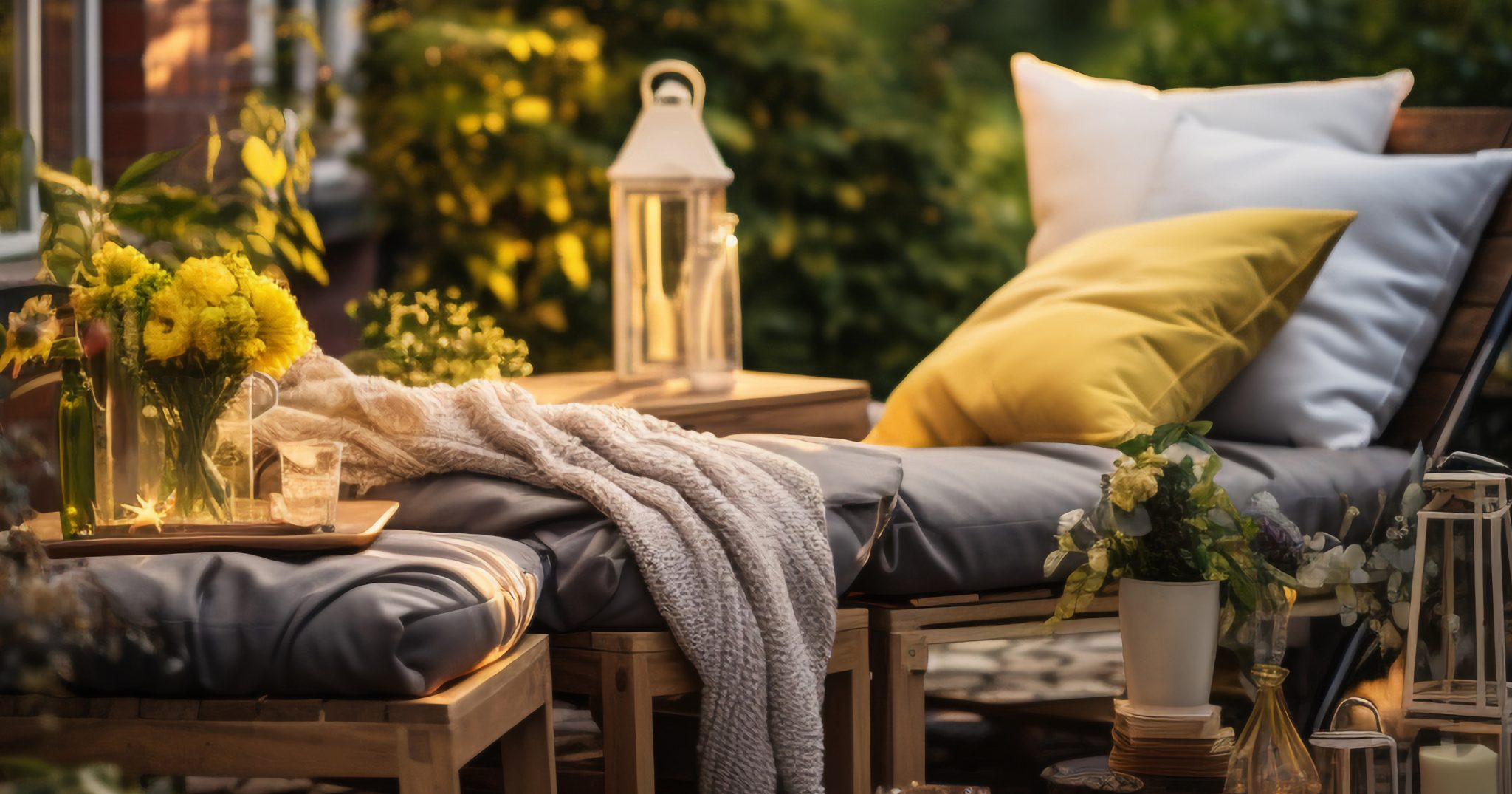Buying a home out of state might seem like a daunting task, but it doesn’t have to be. With a little research, some careful planning and the help of a good real estate agent, you can make the dream a reality. Read on to discover some helpful tips for purchasing a house in another state.
- Determine where you want to live (and why)
Not surprisingly, the first step in the process is deciding where you want to look – and why you want to look there. Are you interested in living by the beach? Being in a big city? Moving closer to family? And if you currently own a home, are you planning to sell it or rent it when you move? - Get your finances in order
Once you’ve decided on a place to look, you should begin the process of getting pre-approved for a mortgage, which will help you determine your budget. Certain cities and states are more expensive than others, and some have higher property taxes, so you’ll want to ensure that you’re completely prepared for every cost throughout the process. - Find a qualified local agent
Choosing an experienced local real estate agent is key. This person can provide you with all of the insight and knowledge that you need to make the right decision, and can also answer any questions you may have about the area (desirable neighborhoods, goods and services, schools and so on). They can even visit open houses on your behalf. - Visit the area if possible
If you’re able to, plan a trip so that you can get a feel for your chosen area and check out available homes in person. (If traveling is not a possibility for you, talk to your real estate agent about alternatives; many homes offer virtual tours, for example.) Walk through the neighborhoods that interest you and try to chat with local residents; they can offer invaluable insight on what it’s like to live there. - Be prepared to act quickly
Relocating out of state adds another layer of complexity to the home buying process, so you need to be ready to move quickly once you find a house that you like. It’s a seller’s market in many areas; you don’t want to give the seller any reason to choose another buyer. - Schedule a home inspection and an appraisal
If you’re buying a house sight unseen, the last thing you want is to discover any unpleasant surprises once you move in. Even if you are able to tour the house in person before buying it, scheduling a home inspection and an appraisal is a vital step in the process. Keep in mind that common home concerns vary from state to state (wetter climates are more prone to mold, for example), so there may be issues that you need to look out for that you haven’t had to deal with previously. If you’re unable to attend a home inspection in person, your agent should be able to help you out.
Whatever your reason for relocating, it’s possible to successfully buy a home out of state – as long as you stay on top of things and trust the advice of an expert agent.

 Facebook
Facebook
 Twitter
Twitter
 Pinterest
Pinterest
 Copy Link
Copy Link





